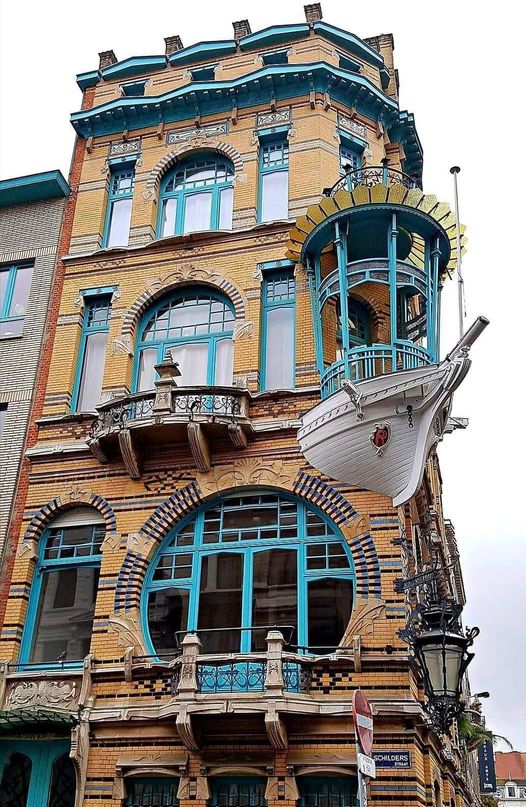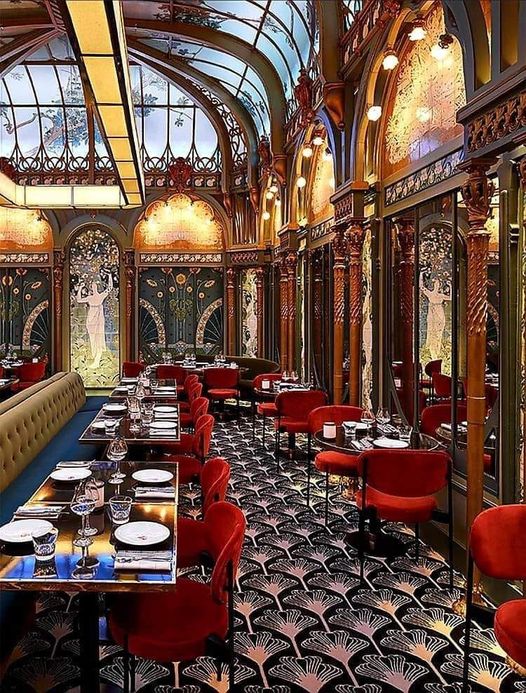Art Nouveau emerged in the late 19th century as a reaction against the academic art of the time, aiming to break away from historical styles and embrace modernity. It’s characterized by its flowing, organic forms inspired by nature, as well as its emphasis on decorative elements and the synthesis of arts.
In architecture, Art Nouveau buildings often feature elaborate facades with sinuous lines, floral motifs, and decorative ironwork. Famous architects like Victor Horta in Belgium and Antoni Gaudí in Spain contributed significantly to the movement with their innovative designs.
Art Nouveau also left its mark on various art forms such as painting, sculpture, furniture, and jewelry. Artists like Alphonse Mucha, Gustav Klimt, and Louis Comfort Tiffany created works that embodied the movement’s principles, incorporating intricate patterns, curved lines, and natural imagery.
Overall, Art Nouveau represents a significant shift in artistic expression towards a more organic, decorative, and modern style that had a lasting influence on design movements that followed.

William Moorcroft Cornflower coffee pot C.1911.


 pyomn
pyomn































